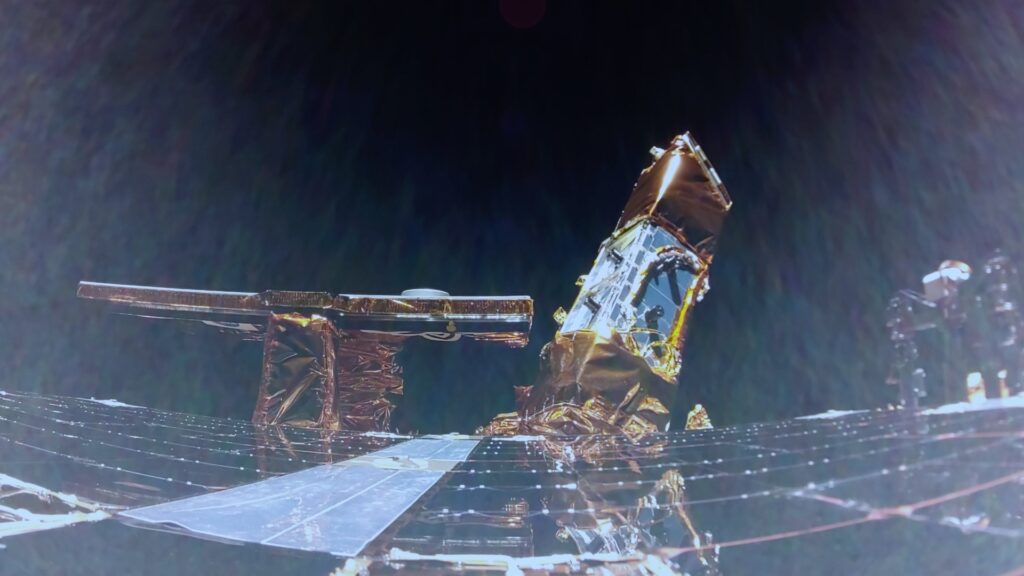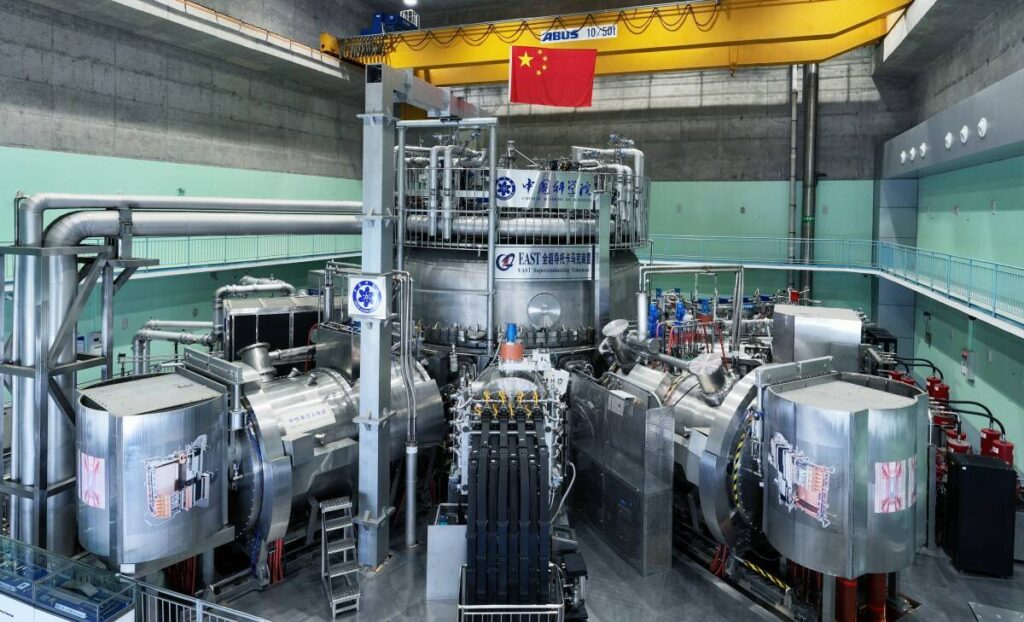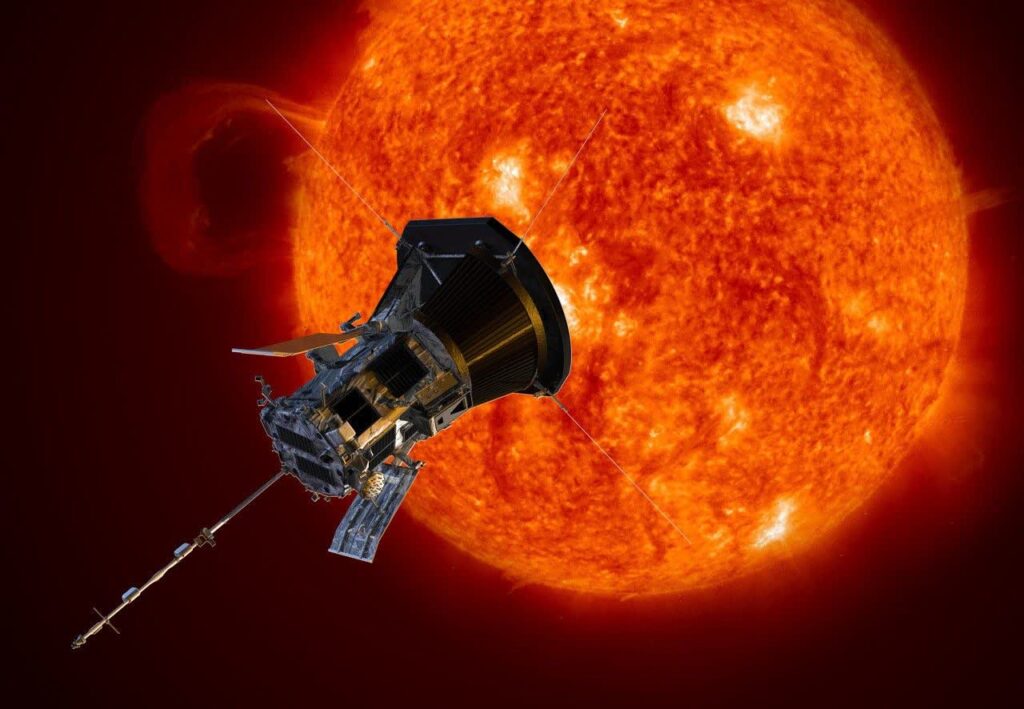NASA’s inspector general predicts continued cost growth for SLS mobile launch platform

NASA Space Technology
WASHINGTON — A contract to build a second mobile launch platform for the Space Launch System could end up costing NASA more than six times its original value, a report by the agency’s inspector general concluded.
The Aug. 27 report by NASA’s Office of Inspector General (OIG) concluded that NASA could end up spending $2.5 billion on a contract with Bechtel to design and build Mobile Launcher 2 (ML-2), the launch platform that will be used by the larger Block 1B version of SLS, and may not be ready to support a launch until 2029.
NASA awarded Bechtel the contract for ML-2 in August 2019 valued at $383 million, with the platform scheduled for delivery to NASA by March 2023. However, costs have grown significantly while schedules slipped. A previous OIG audit of the project in 2022 found that the official cost had grown to $960 million, with independent projections estimating the cost would reach nearly $1.5 billion.
The OIG report noted that NASA established what is known as the agency baseline commitment for the ML-2 project in June, setting a cost of $1.8 billion and delivery date of September 2027. That cost includes $168 million in NASA’s own costs for ML-2 outside of the Bechtel contract. NASA, though, said it would hold Bechtel to an estimate made the previous December of $1.3 billion and delivery in November 2026.
However, an independent review done as part of development the agency baseline commitment estimated that the project will instead cost $2.1 billion and not be delivered until January 2028. That review, as well as a separate assessment done by NASA’s Exploration Ground Systems (EGS) program, “both found a zero percent likelihood of Bechtel delivering the launcher by November 2026,” OIG stated in its report.
The OIG report also estimates that cost growth in Bechtel’s contact will continue, reaching $2.5 billion by 2027. That would be 6.5 times the original value of the contract when awarded five years ago.
“Our projections are based on the substantial cost growth that the Bechtel contract has incurred over the last 3 years, past performance issues observed during design with the production of detailed drawings for steel fabrication and management of the launcher’s weight, and the significant amount of construction work that remains,” the report stated.
NASA sharply disagreed with that conclusion. “Simply using a straight-line extrapolation, as the OIG did, does not accurately reflect the current development situation,” said Cathy Koerner, NASA associate administrator for exploration systems development, in a response included in the report.
She argued that as the project moves fully from design to construction, past trends cannot be extrapolated, and that the agency was seeing cost improvements. “The OIG projected a linear performance whereas the actual performance is nonlinear in nature.”
However, OIG was unconvinced. “While progress has been made with the beginning of construction of the ML-2, in our judgment it is still too early to determine the impact on the contract’s continued cost growth and whether Bechtel can achieve and sustain an improved level of performance throughout the construction phase,” it stated, adding that “Bechtel has yet to demonstrate the sustained level of performance needed to reduce overall costs.”
The report added that the overall cost of the ML-2 project could reach $2.7 billion, counting NASA’s contributions that have grown from $96 million at the project’s inception to $168 million today. Part of that growth involves work removed from the Bechtel contract, such as development of 6 of the 11 umbilical arms for the launch tower that NASA will instead build and provide to Bechtel as government-furnished equipment.
The cost growth, OIG added, could strain NASA’s budget. NASA, in its fiscal year 2025 budget request, projected spending $415.5 million on EGS development projects, including ML-2, in fiscal years 2025 through 2027, a 72% increase from the 2024 request. However, that would not be sufficient to cover the OIG’s projected costs of ML-2 development in that time span, with a projected shortfall of nearly $400 million.
There is little NASA can do, the report concluded, to encourage Bechtel to reduce its costs. The cost-plus contract does include an option to convert it into a fixed-price contract, but NASA is unlikely to use that option, the report concluded, since it would require Bechtel to approve that change. “Bechtel would likely provide a cost proposal far beyond NASA’s budgetary capacity to account for the additional risk that comes with a fixed-price contract,” the report stated, citing discussions with NASA officials.
Discover more from Tamfis Nigeria Lmited
Subscribe to get the latest posts sent to your email.



 Hot Deals
Hot Deals Shopfinish
Shopfinish Shop
Shop Appliances
Appliances Babies & Kids
Babies & Kids Best Selling
Best Selling Books
Books Consumer Electronics
Consumer Electronics Furniture
Furniture Home & Kitchen
Home & Kitchen Jewelry
Jewelry Luxury & Beauty
Luxury & Beauty Shoes
Shoes Training & Certifications
Training & Certifications Wears & Clothings
Wears & Clothings
















